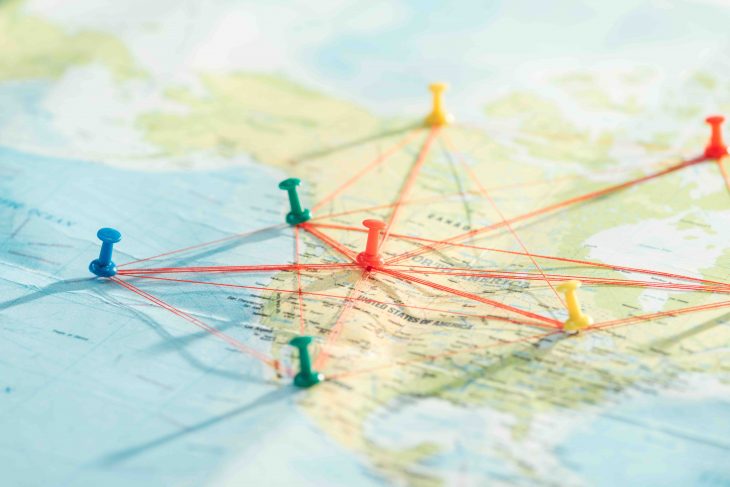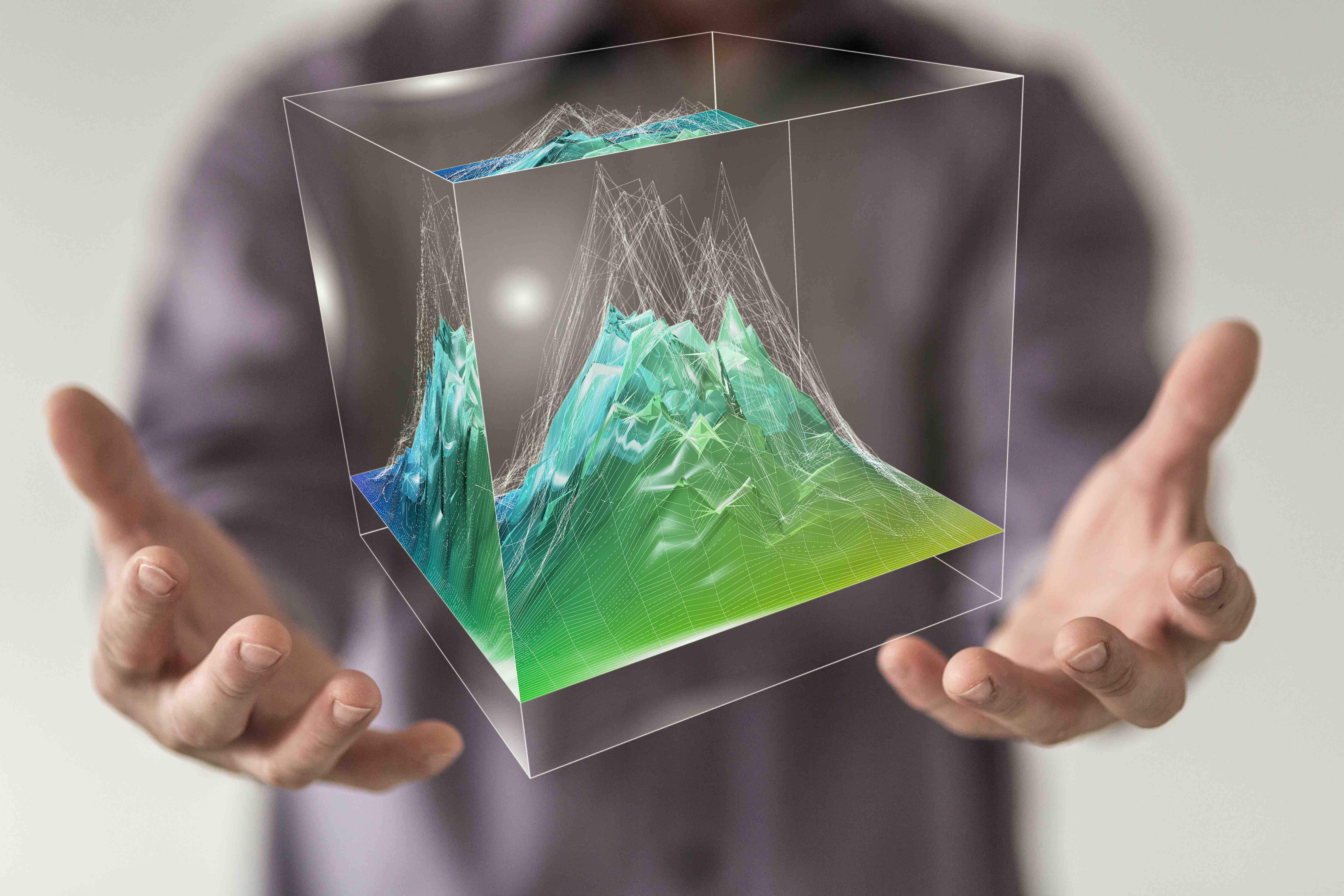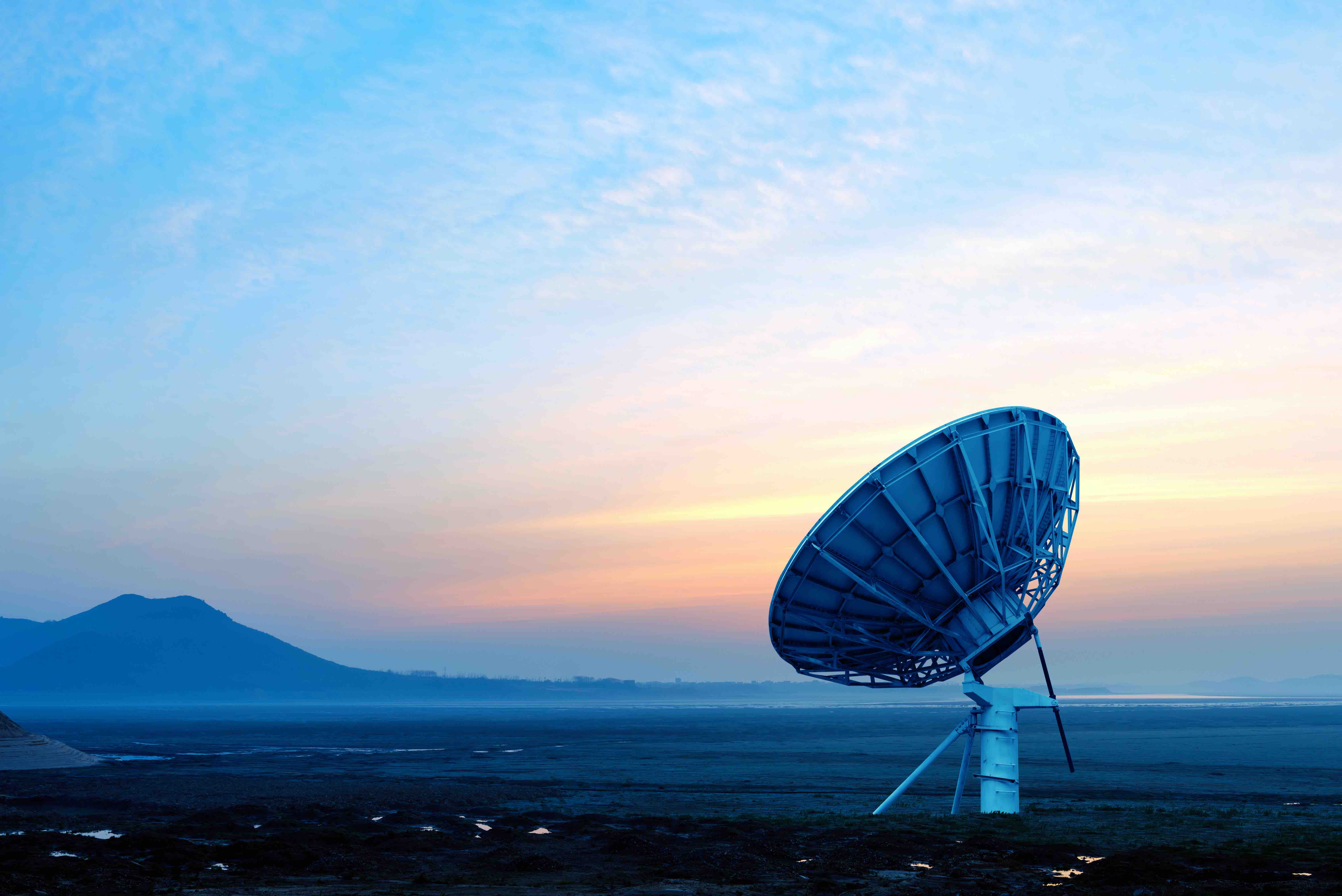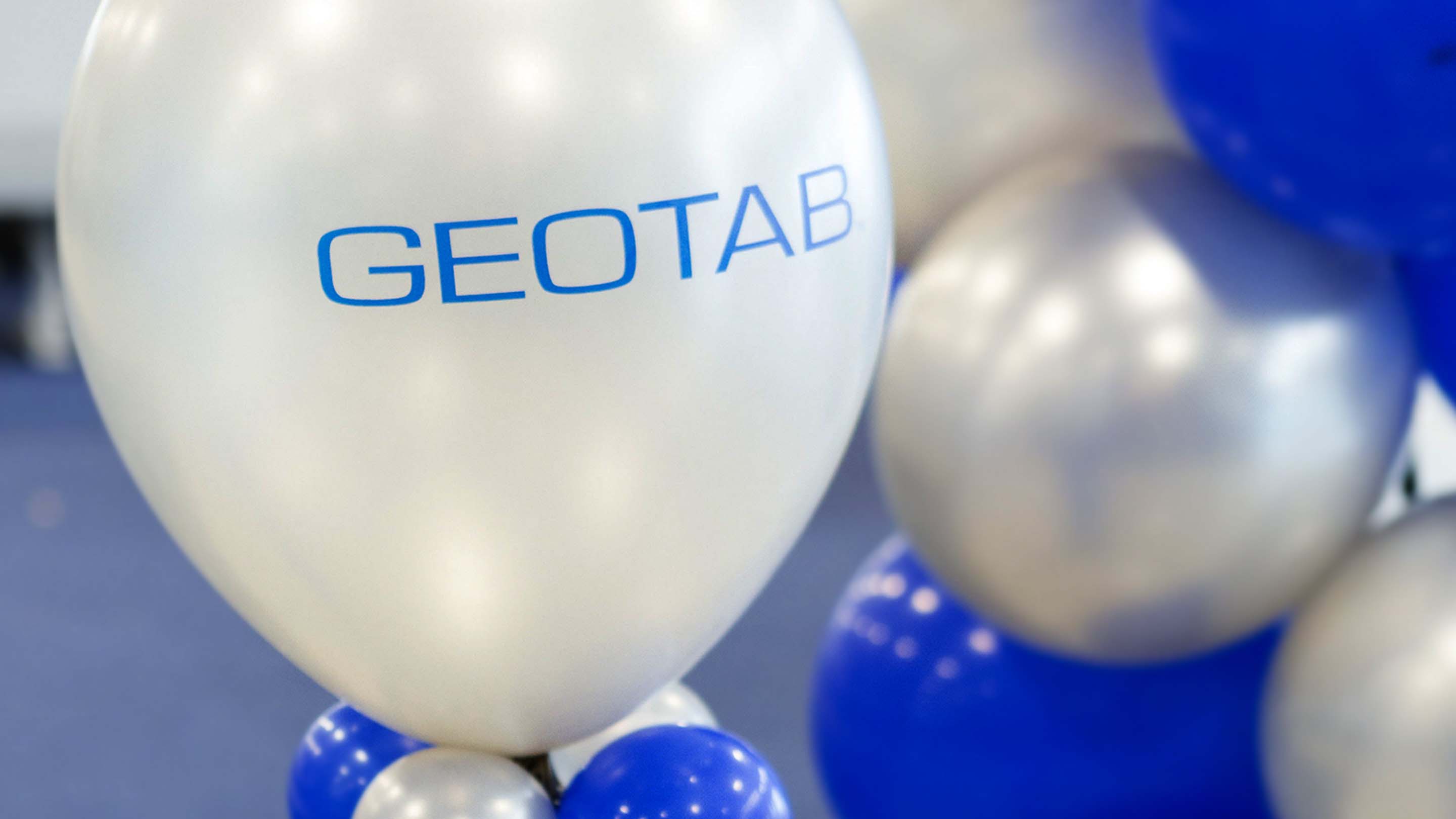
Maps have played a significant role in human civilization for centuries. They have guided explorers, helped us navigate unknown territories, and provided a visual representation of our world. In this article, we will delve into the fascinating realm of maps, uncovering intriguing facts about their history, importance, and the art of cartography. Join us on this journey as we explore the captivating world of maps.
The Oldest Map
The oldest known map is the Babylonian Map of the World, dating back to the 6th century BCE. It depicts the world as a flat disk surrounded by water, with Babylon at its center.
The Power of Maps
Maps have the power to shape our perception of the world. They can influence political boundaries, ignite exploration, and facilitate communication between cultures.
The Art of Cartography
Cartography is the art and science of mapmaking. It combines elements of geography, mathematics, and design to create accurate and visually appealing maps.

Early Mapmaking Techniques
In ancient times, cartographers used various techniques to create maps. Some early methods included surveys, celestial observations, and measurements of distances traveled.
The Renaissance of Maps
The Renaissance period witnessed a resurgence in mapmaking, with advancements in technology and a renewed interest in exploration. Pioneering cartographers such as Gerardus Mercator and Abraham Ortelius revolutionized the field.
The Mercator Projection
The Mercator projection, developed by Gerardus Mercator in the 16th century, is one of the most widely used map projections. It preserves accurate shapes and angles but distorts the size of objects as they move away from the equator.
Digital Mapping Revolution
The advent of computers and digital technology revolutionized the field of cartography. Geographic Information Systems (GIS) and satellite imagery allow for the creation of detailed and interactive digital maps.

Maps and Navigation
Maps have been crucial for navigation throughout history. From ancient mariners using stars and landmarks to modern GPS systems, maps continue to guide us on our journeys.
Topographic Maps
Topographic maps depict the physical features of an area, including elevation, landforms, and bodies of water. They are essential for hikers, geologists, and urban planners.
Thematic Maps
Thematic maps focus on specific themes or subjects, such as population density, climate, or economic data. They provide insights into particular aspects of a region or country.
Map Scale and Symbols
Maps use scales to represent the relationship between distances on the map and the actual distances on the ground. Symbols and legends help interpret the information presented on a map.
Maps and Cultural Identity
Maps can reflect cultural perspectives and shape national identities. They can reinforce political boundaries, emphasize historical events, or highlight cultural landmarks.
Cartographic Innovations
Cartographers constantly innovate to improve the accuracy and usability of maps. Advancements in satellite imagery, 3D mapping, and augmented reality have opened new possibilities in mapmaking.

Maps as Works of Art
Maps can be both functional and aesthetically pleasing. Throughout history, cartographers have created elaborate maps adorned with intricate illustrations, decorative elements, and artistic flair.
The Future of Mapping
With ongoing technological advancements, the future of mapping looks promising. From interactive digital maps to real-time data visualization, maps will continue to evolve and shape our understanding of the world.
Final Thoughts
Maps have guided us through the ages, helping us navigate the unknown, understand our surroundings, and connect with different cultures. From ancient parchment scrolls to interactive digital platforms, the art of cartography has evolved, providing us with a window into the world. So, next time you unfold a map or explore a digital atlas, take a moment to appreciate the rich history and the countless hours of craftsmanship behind it.
Frequently Asked Questions (FAQs)
How do maps help us in daily life?
Maps are integral to our daily lives. They assist us in finding our way in unfamiliar places, planning trips, understanding the layout of cities, and even making informed decisions about our surroundings.
What are some famous historical maps?
Some famous historical maps include the Ptolemaic maps of the ancient world, the Mappa Mundi, the Waldseemüller map (the first map to use the term “America“), and the Lewis and Clark expedition maps.
How are maps used in scientific research?
Maps are essential tools in scientific research. They are used in fields such as geology, ecology, archaeology, and urban planning to analyze and visualize data, identify patterns, and make informed decisions.
Are there maps of other celestial bodies?
Yes, there are maps of other celestial bodies, including the Moon, Mars, and various moons in our solar system. These maps help scientists study the topography, geology, and features of these celestial objects.
How accurate are modern maps?
Modern maps, especially those based on advanced satellite imagery and GIS technology, can be highly accurate. However, it’s important to consider the scale and purpose of the map, as certain details may be exaggerated or simplified for clarity or specific applications.
Was this page helpful?
Our commitment to delivering trustworthy and engaging content is at the heart of what we do. Each fact on our site is contributed by real users like you, bringing a wealth of diverse insights and information. To ensure the highest standards of accuracy and reliability, our dedicated editors meticulously review each submission. This process guarantees that the facts we share are not only fascinating but also credible. Trust in our commitment to quality and authenticity as you explore and learn with us.


